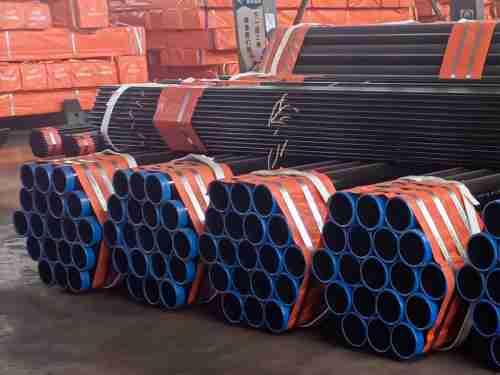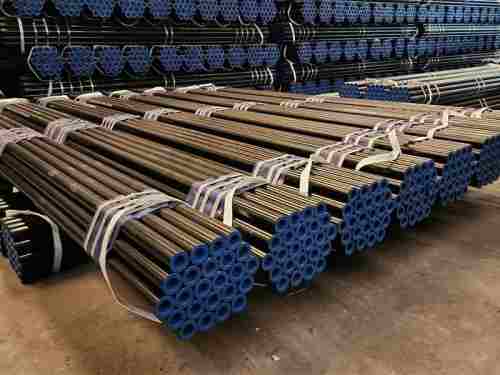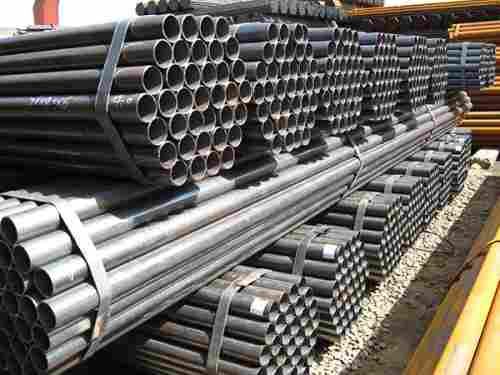Welded steel pipes are widely used in infrastructure, energy, and industrial systems. Two major types dominate the market: straight seam welded pipes (including ERW and LSAW) and spiral welded pipes (SSAW). Each has its own production process, advantages, and ideal use cases.
Production Process Overview
Straight seam welded pipe (ERW or LSAW) is manufactured using a relatively simple and efficient process, making it ideal for mass production at lower costs. ERW (Electric Resistance Welding) is typically used for smaller diameters, while LSAW (Longitudinal Submerged Arc Welding) is preferred for higher strength and thicker walls.
In contrast, spiral welded pipe (SSAW) is formed by spirally winding steel plate and welding the seams using submerged arc welding. One key advantage is its ability to produce pipes of various diameters from the same width of steel strip, improving material utilization. However, due to longer weld lines (30–100% longer than straight seam pipes of the same length), the production speed is slower.
Welding Process Comparison
While both galvanized straight seam pipes and spiral welded pipes use submerged arc welding, straight seam pipes tend to have more T-shaped welds, especially in thick-walled or high-strength applications. These areas are more prone to defects, residual stresses, and crack initiation due to complex three-dimensional stress states.
In contrast, spiral welds distribute stress more evenly, reducing the concentration of residual welding stress and enhancing structural reliability.
Static Pressure and Burst Strength
Comparative testing shows that yield pressure and burst pressure of spiral and straight seam welded pipes are closely aligned with theoretical predictions. However, in most cases:
Straight seam pipes exhibit slightly higher burst strength
Spiral welded pipes display better plastic deformation under extreme pressure, with ruptures typically limited to one spiral pitch
This means spiral pipes offer better crack resistance and localized failure, which is beneficial in safety-critical systems.
Toughness and Fatigue Strength
As pipeline construction trends toward larger diameters and higher steel grades, resistance to ductile fracture propagation becomes increasingly important.
According to studies from leading research institutions:
Spiral welded pipes tend to have higher impact toughness
Their fatigue resistance also performs well under variable load conditions, making them suitable for long-term, high-stress use in energy, petrochemical, and offshore industries
Summary: When to Use Each Type
|
Feature
|
Straight Seam Pipe (ERW/LSAW)
|
Spiral Welded Pipe (SSAW)
|
|
Weld Length
|
Shorter
|
30–100% longer
|
|
Production Speed
|
Faster
|
Slower
|
|
Cost Efficiency
|
High for small/medium diameters
|
High for large diameters
|
|
Strength & Pressure Rating
|
Slightly Higher
|
Slightly Lower
|
|
Toughness & Crack Control
|
Moderate
|
Better plasticity and crack restraint
|
|
Common Uses
|
Urban pipelines, structural use
|
Oil & gas, large-scale transmission
|
Conclusion:
Both straight seam and spiral welded steel pipes play vital roles in modern infrastructure. Choosing the right type depends on the application environment, pipe diameter, strength requirements, and cost-efficiency goals. For large-diameter, long-distance pipelines, SSAW pipes offer excellent value and resilience, while ERW and LSAW pipes are ideal for high-pressure, straight-line systems.

 English
English Español
Español











